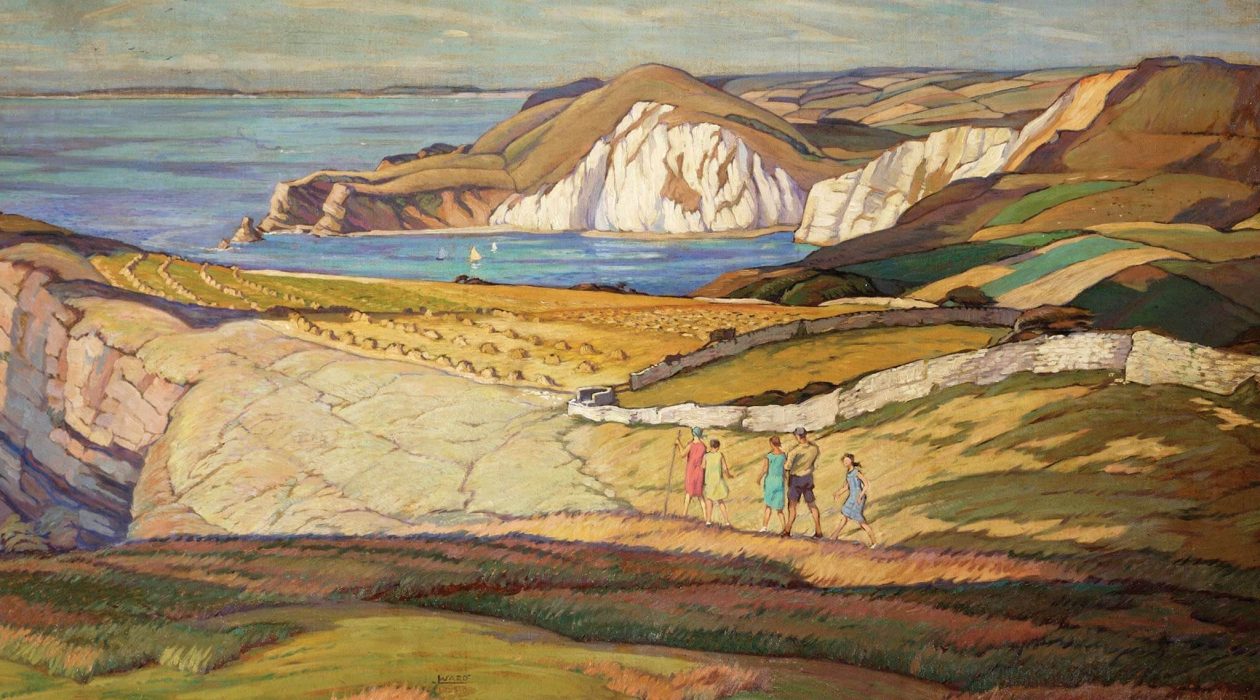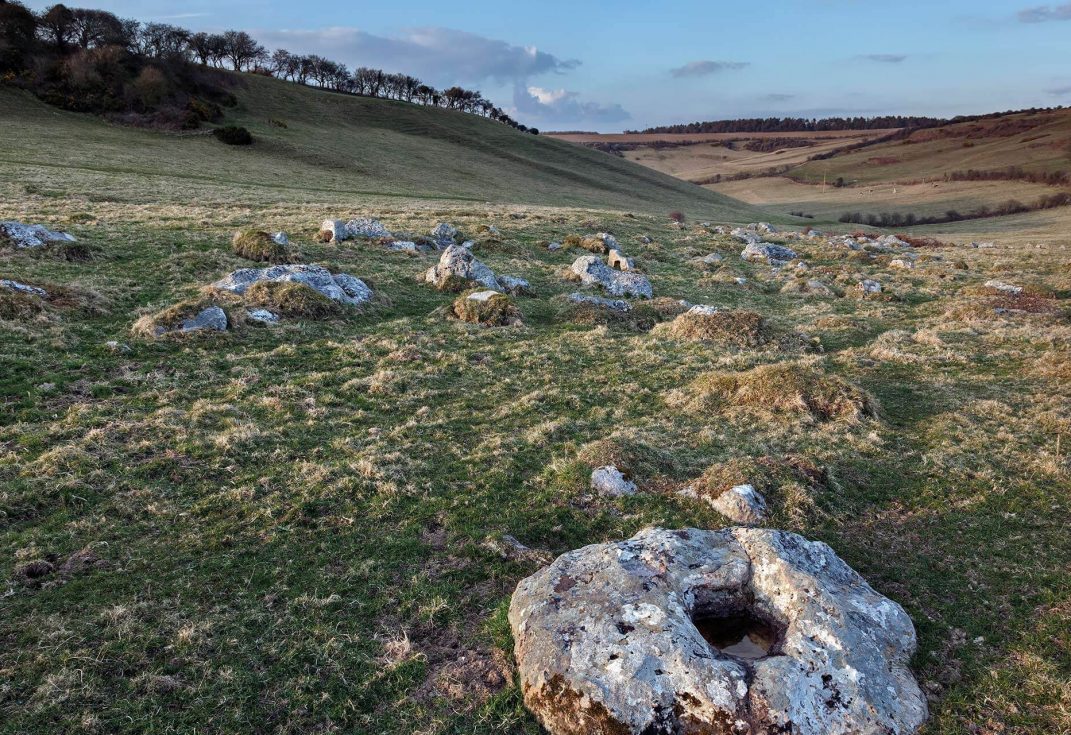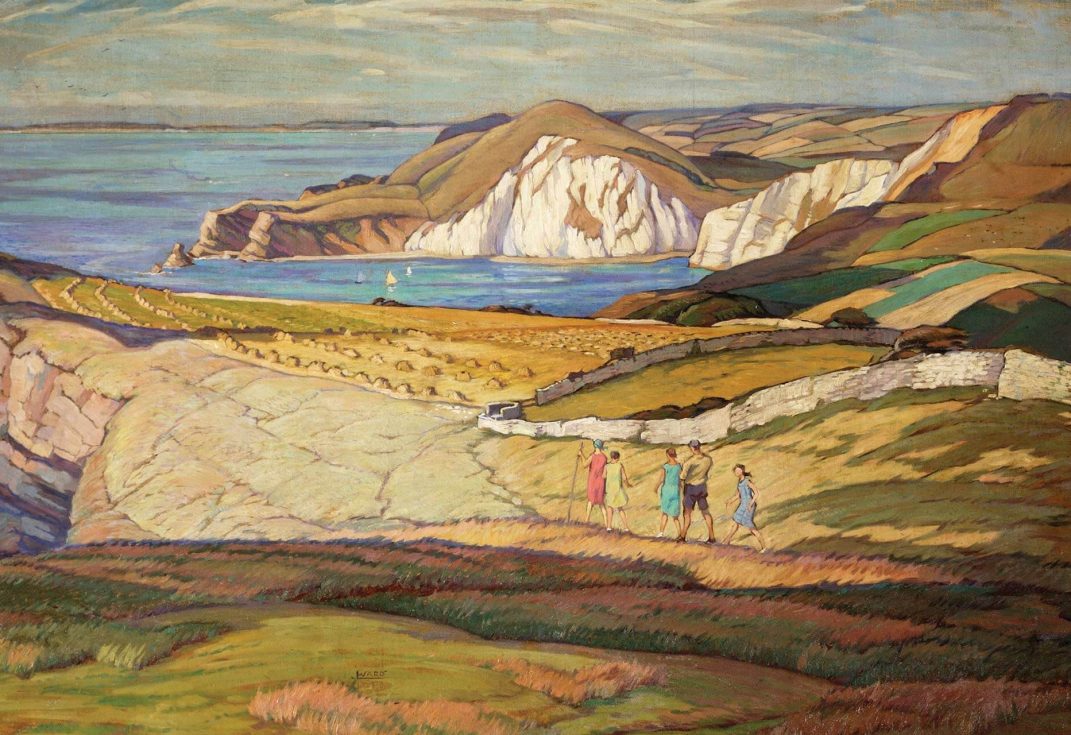Cultural connections
Dorset’s landscapes have inspired poets, authors, scientists and artists.

Dorset’s landscapes have inspired poets, authors, scientists and artists.

Over the centuries, Dorset’s landscapes have inspired poets, authors, scientists and artists, many of whom have left a rich legacy of cultural associations. The best known of these is Thomas Hardy whose wonderfully evocative descriptions bring an extra dimension and depth of understanding to our appreciation of the Dorset landscape. Other literary figures inspired by Dorset’s landscapes include William Barnes, Jane Austen, John Fowles and Kenneth Allsop. Turner, Constable and Paul Nash are just a few of the many artists associated with Dorset, while Gustav Holst captured the character of the Dorset heathlands in his work ‘Egdon Heath’. Such cultural associations past, present and future, offer a source of inspiration to us all and may help develop new ways of understanding and managing the Dorset National Landscape.

Dorset National Landscape’s landscape quality has inspired numerous renowned visual artists who lived or visited the area in the past. It was in the 19th century with new connections by rail that Dorset began to attract a wealth of artistic talent with JMW Turner and John Constable visiting. Into the 20th century Paul Nash and members of the Bloomsbury group were amongst those producing an abundance of work during this time. There remains a strong body of visual art representing the landscape; the distinctive topography and structure of the landscape unifying very diverse styles of representation as it did with past artists.
There is also a rich heritage of writing inspired by the landscape. Perhaps the best known is the work of Thomas Hardy, who embedded the landscape deeply in his work not only depicting its qualities but also how it shaped the lives of people who lived here. Reverend William Barnes also captured the essence of the Dorset landscape and dialect in his works, as well as the traditions of rural life. Other writers include Jane Austin, Daniel Defoe, John Fowles and Kenneth Allsop.
Musical inspiration can be heard in the work of Gustav Holst in his Egdon Heath work and music was a central part of rural life – Thomas Hardy took part in the West Gallery musical tradition here. Materials from the National Landscape have made a significant contribution to artistic work around the world. For example, Purbeck stone was crafted into celebrated decorative work in St Paul’s Cathedral and Blenheim Palace by Sir James Thornhill. High profile architectural advances continue at Hooke Park promote contemporary use of natural materials derived from the AONB landscape.
The Dorset landscape continues to attract artists, writers and musicians to visit and live, with over 3% employment in the creative industries in Dorset. The landscape provides inspiration and a backdrop for renowned artists and cultural organisations including PJ Harvey, Cape Farewell, Common Ground and John Makepeace. Over 600 artists open their studios during Dorset Art Weeks with Purbeck Art Weeks and other open studio events also very popular. There are also 7 National Portfolio Organisations funded by the Arts Council in Dorset (Activate, Artsreach, Bridport Art Centre, B-Side, Diverse City, Dorchester Arts and Walford Mill) which form a backbone for visual art and performance activity and strive to provide a rich cultural programme for people who live, work and visit the National Landscape. They have exemplary experience of delivering high quality engaging arts project in the landscape, and these organisations and artists represent a network for partnership projects between artists, producers and the National Landscape.

The rich legacy of landscape-inspired work by writers, artists and musicians of the past has been recognised as one of the special qualities of the Dorset National Landscape. The work created by these nationally and internationally renowned figures not only depict landscapes of the past but help us understand more about how people lived and how both landscape and lives have changed over time.
Artistic responses to landscape also help us interact with and be sensitive towards natural beauty in ways which scientific, reductive approaches cannot. It is essential that this experiential element of landscape is recognised, and access to it is enhanced for the benefits it can bring to people’s lives. The creative exploration of place, through music, painting, written and spoken word, and dance opens up the experience of landscape beyond the world of science and policy and helps us better understand our place in the world. With better understanding comes better choices and better stewardship; the basis of a more sustainable future.